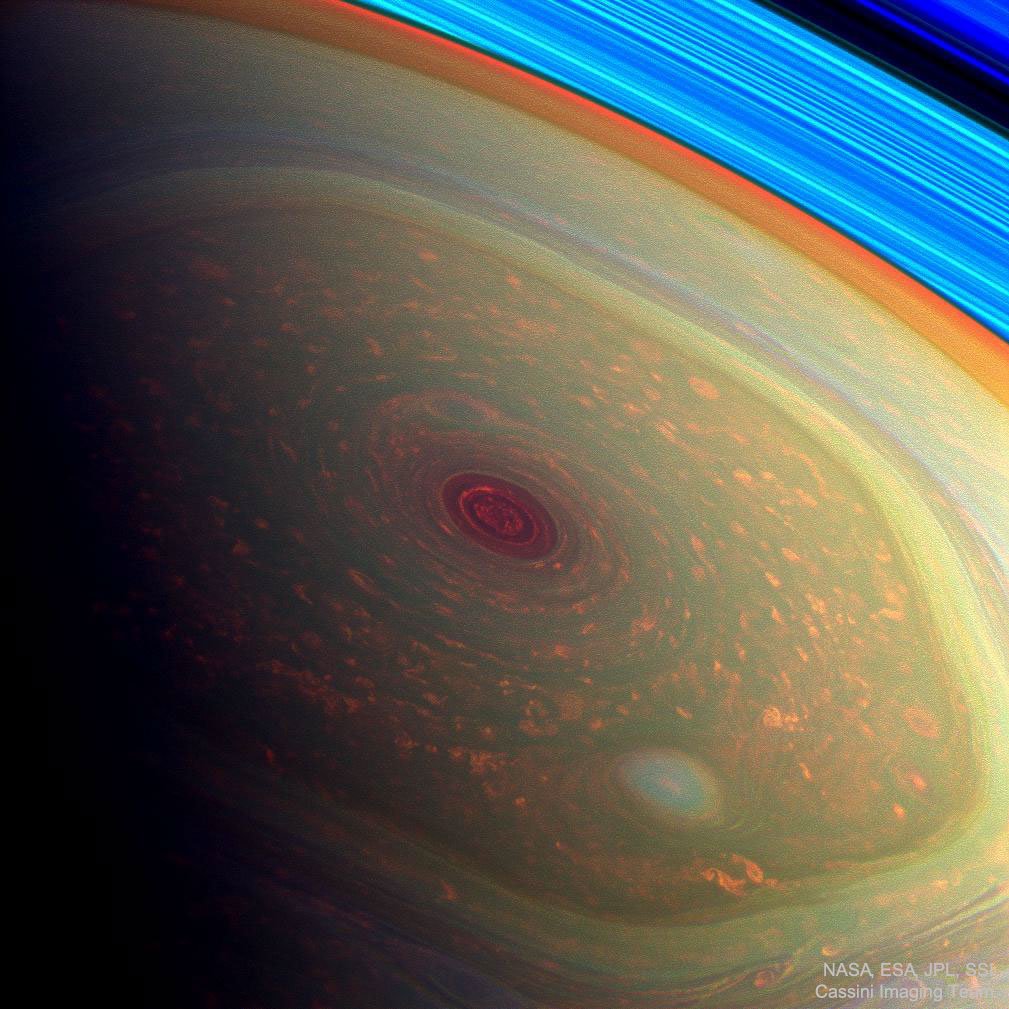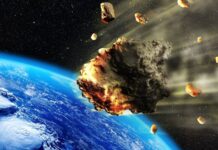Planet Saturn has today published a new impressive image by NASA, the American space agency managing to amaze many people with what it caught when one of its spacecraft visited the cosmic body. What you can see in the image below is one of the hexagons that were spotted in the atmosphere of the planet Saturn, one of those that generated a lot of discussion about what is happening there.
Planet Saturn had this image recorded by the Cassini space probe, which has so far sent a very large number of images of the cosmic body so far away. In the 80s, the hexagon that we can see in the image below was also discovered for the first time, the way in which it was formed in the atmosphere of the planet Saturn is still a great mystery for NASA researchers, but also worldwide.
Planet Saturn: NASA IS STUNNING with the Impressive New Image

Planet Saturn is presented in the image above the huge storm that maintains this hexagonal shape, it remains with a fixed shape regardless of the way it spins in the atmosphere. The image was taken in 2012, and it remains valid even today, the huge storm in the Northern Hemisphere remaining active in the same format, according to NASA, maintaining its stability for almost 30 years in the same region on the cosmic body.
Planet Saturn there is something completely surprising in this structure, and this is because the hexagonal shape seems to be a perfect one, which keeps its shape no matter how the planet moves, or how the storm spins. According to those from NASA, the hexagonal shape on the planet Saturn is so large that four Earth planets would fit there, which shows us how impressive are the storms that occur at such great distances from Earth.
Planet Saturn could have at some point explained this huge storm, but at the moment no one has clear details about its formation, or its maintenance for such a long period of time.

















